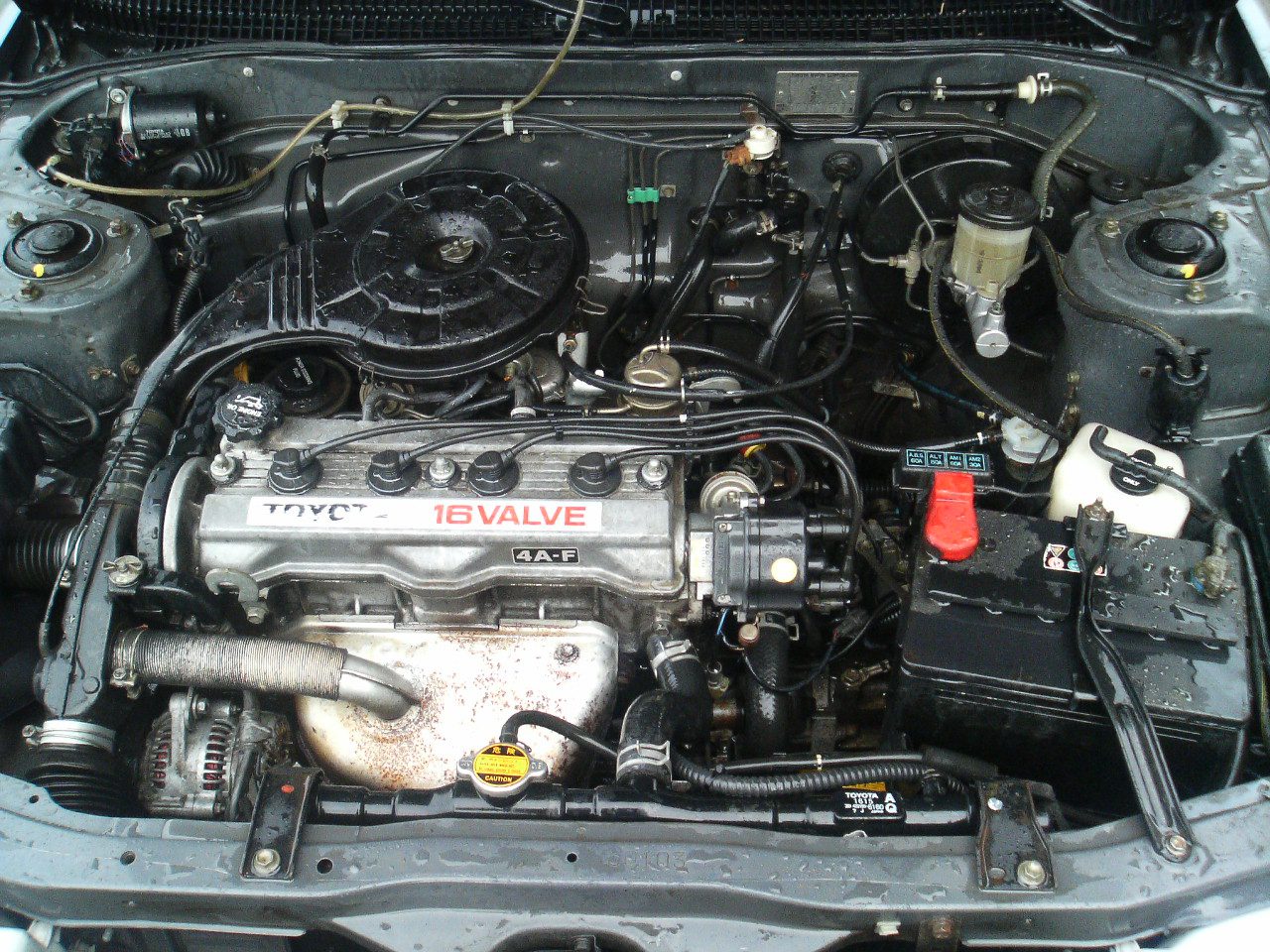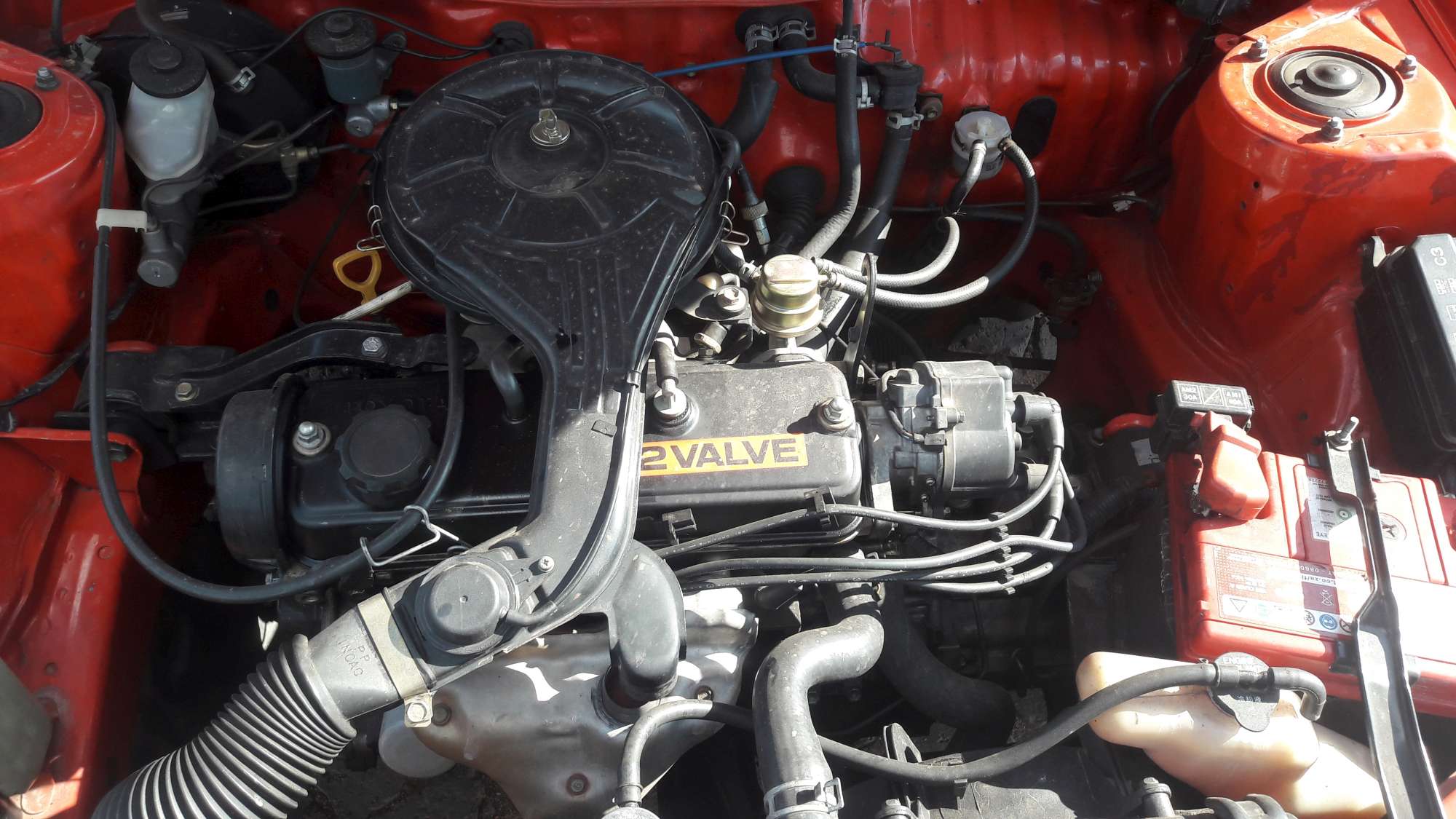Toyota Tazz: A Compact Car That Offers Big Value and Long-Term Durability
Toyota Tazz: A Compact Car That Offers Big Value and Long-Term Durability
Blog Article
Explore the most recent Fads in Engine Technology Through Tazz
In the rapidly progressing landscape of automotive technology, Tazz stands at the leading edge, highlighting considerable advancements in engine systems that prioritize both advancement and sustainability. tazz. From crossbreed engines that enhance fuel performance to the emergence of hydrogen gas cells, the fads shaping contemporary powertrains are not only improving efficiency however likewise resolving vital environmental difficulties. As the industry proceeds to press limits, it is important to think about how these advancements will influence future transportation services and the more comprehensive ramifications for international power intake. What exists in advance in this critical improvement?
Crossbreed Engine Innovations
Crossbreed engine advancements stand for an essential change in automobile innovation, incorporating the advantages of internal combustion engines with electrical propulsion systems. This combination not just improves fuel performance but likewise reduces discharges, meeting significantly strict ecological guidelines. By making use of both power sources, hybrid engines can maximize performance, providing power when needed while conserving fuel throughout much less demanding driving problems.
Current developments in crossbreed modern technology consist of improvements in battery efficiency and regenerative braking systems. These innovations permit for higher energy recuperation throughout slowdown, which can be redirected to assist in acceleration or power accessory systems. Additionally, producers are concentrating on light-weight products and portable styles to make the most of the performance of crossbreed powertrains.
The development of plug-in crossbreeds has also broadened the marketplace, allowing vehicle drivers to charge their automobiles utilizing conventional electric outlets. This feature often enables for substantial all-electric array, further lowering dependence on traditional fuels. tazz. As the automobile industry remains to evolve, hybrid engine modern technologies are anticipated to play a critical role in connecting the void in between conventional cars and totally electric models, providing a transitional service that provides to diverse customer requirements and choices
Breakthroughs in Electric Powertrains
The automotive landscape is quickly evolving, with electric powertrains becoming a leading pressure in sustainable transportation. Developments in electrical automobile (EV) modern technology are substantially improving effectiveness, performance, and customer experience. Key technologies include renovations in battery chemistry, which have boosted energy density, decreased billing times, and expanded overall battery life.
Solid-state batteries, as an example, guarantee to revolutionize the marketplace by supplying better safety and security and effectiveness contrasted to conventional lithium-ion cells. Innovations in regenerative braking systems are enabling lorries to recuperate energy during slowdown, adding to overall performance.
Along with battery modern technology, electric motor layouts are coming to be extra advanced. Technologies such as integrated electric motors and advanced thermal administration systems are aiding to maximize power delivery and reduce weight, inevitably boosting automobile characteristics.

Jointly, these advances emphasize the commitment to change towards cleaner, extra efficient transport solutions, placing electrical powertrains at the forefront of automotive technology.
The Rise of Hydrogen Gas Cells
Increasingly, hydrogen fuel cells are acquiring go to website traction as a feasible choice to traditional internal burning engines and battery electrical lorries. This technology uses the chemical power saved in hydrogen, transforming it into electrical energy via an electrochemical reaction with oxygen. The key result of this process is water, making hydrogen fuel cells an environmentally friendly option with zero exhausts at the tailpipe.

Automakers are progressively buying hydrogen fuel cell modern technology, acknowledging its capacity for long-range applications and fast refueling capabilities that equal traditional fuels. In addition, markets such as durable transportation and public transit are particularly well-suited for hydrogen gas cells, where battery electrical services may fail due to weight and variety restrictions.
As research study and investment continue to expand, hydrogen gas cells are positioned to play a considerable function in the future landscape of tidy transportation and power options.
Enhancements in Internal Burning Engines
Technologies in internal combustion engine (ICE) innovation are transforming typical vehicles to meet modern environmental requirements and efficiency expectations. Direct gas injection, for circumstances, enables for better atomization of gas, leading to even more full combustion and improved power output.
Furthermore, turbocharging has actually gotten importance, allowing smaller sized engines to provide higher performance without the weight of larger engines - tazz. This technology not just improves performance however additionally adds to decrease fuel my site intake. Variable shutoff timing systems are additionally being fine-tuned, allowing engines to adapt to various driving problems for boosted torque and responsiveness
In addition, using lightweight materials in engine construction is ending up being conventional, further enhancing gas effectiveness by reducing total vehicle weight. Engine control devices (ECUs) are significantly advanced, making it possible for real-time adjustments that optimize efficiency and exhausts.
These improvements jointly represent a critical change in ICE technology, lining up with international sustainability objectives while still giving the performance vehicle drivers expect from their lorries. As the industry advances, these enhancements remain to form the future of conventional automotive design.
Future Trends in Engine Performance
Substantial developments in engine effectiveness are anticipated as makers concentrate on integrating innovative modern technologies to satisfy stringent environmental laws and customer needs. The shift towards electrification, crossbreed systems, and different gas is improving the automotive landscape, driving technologies that improve gas economy and decrease exhausts.
Among the key trends is the implementation of advanced products and making methods. High-strength alloys and light-weight composites add to reduced car weight, hence boosting general performance. Additionally, the fostering of turbocharging and variable shutoff timing innovations permits enhanced power result from smaller engines, further enhancing fuel economy.

Final Thought
Finally, the original site expedition of engine modern technology exposes significant developments that prioritize sustainability and efficiency. Advancements in hybrid engine systems, electric powertrains, and hydrogen fuel cells demonstrate a dedication to lowering discharges while improving performance. Enhancements in interior burning engines and an emphasis on light-weight products contribute to general engine performance. As the auto sector proceeds to advance, these trends will certainly play a crucial function in shaping a cleaner and even more sustainable future for transportation.
From hybrid engines that optimize fuel efficiency to the development of hydrogen fuel cells, the patterns forming contemporary powertrains are not only enhancing efficiency yet also attending to essential environmental difficulties.Hybrid engine technologies stand for a critical shift in vehicle technology, combining the advantages of interior burning engines with electric propulsion systems.In addition, turbocharging has gotten prominence, permitting smaller sized engines to provide greater efficiency without the weight of larger engines. Additionally, the fostering of turbocharging and variable shutoff timing technologies permits for boosted power outcome from smaller engines, further improving fuel economic climate.
Improvements in interior combustion engines and an emphasis on light-weight materials contribute to general engine effectiveness.
Report this page